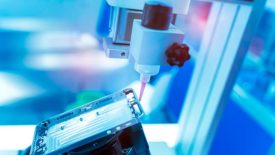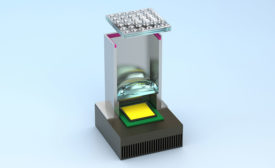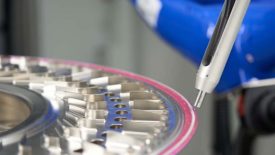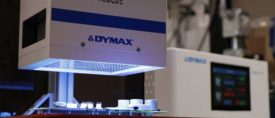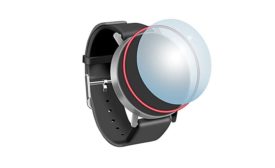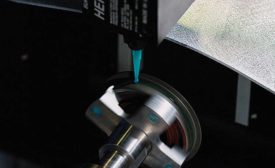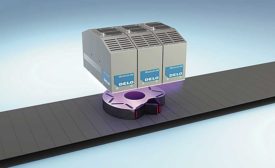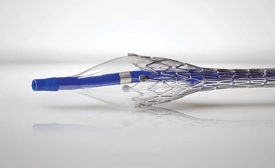Home » Keywords: » UV-cure adhesive
Items Tagged with 'UV-cure adhesive'
ARTICLES
Coating Improves Grip on Game Controller
A sprayable, UV-cure coating provides a nonsticky, textured feel for video game controllers.
March 8, 2023
Common Mistakes When Dispensing and Curing Light- Curing Adhesives
Avoid these common mistakes when dispensing and curing light-curing adhesives
March 5, 2020
Ensuring Adhesion for Medical Device Assembly
There are many factors to consider when adhesives are used to join hard-to-bond plastics.
March 12, 2019
Never miss the latest news and trends driving the manufacturing industry
Stay in the know on the latest assembly trends.
JOIN TODAY!Copyright ©2024. All Rights Reserved BNP Media.
Design, CMS, Hosting & Web Development :: ePublishing



